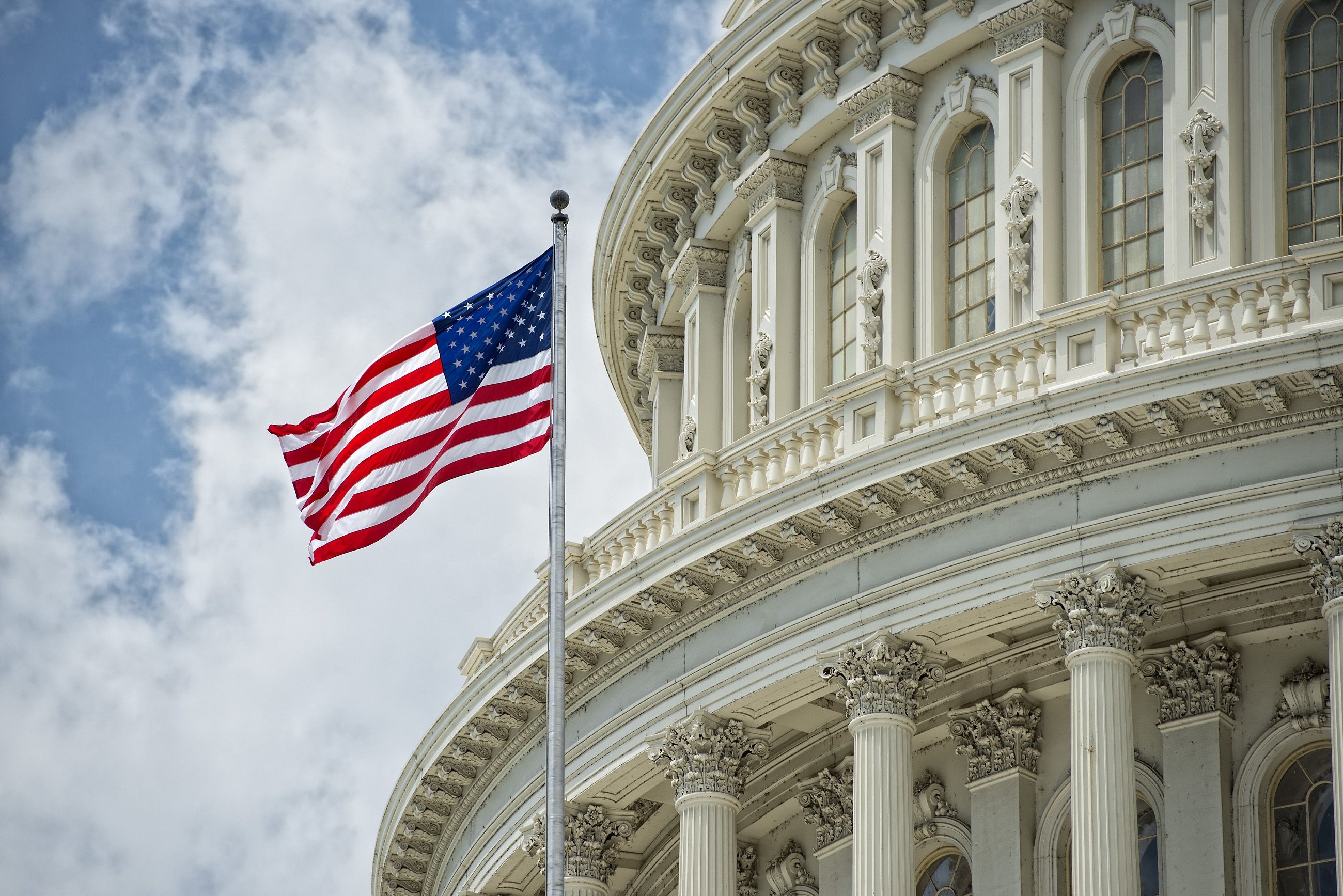
Rathbones’ Smith: Should investors be worried by the US shutdown?
Article last updated 19 February 2023.
"They are to vote today on a plan to re-open the government, but Democrat Senate leader Chuck Schumer says there's no deal yet.
But I believe investors shouldn’t get too panicked. It's important to remember that financial markets barely blinked at the last two shutdowns in 1995/96 and 2013.
"In 1995, with Bill Clinton in the White House but the Republicans controlling Congress, politicians used the debt ceiling in a game of brinkmanship over approving the 1996 Budget. The President vetoed Republican cuts and the government shut down for five days in November, and then again for a further 22 days from December 16th. Financial markets barely blinked: the S&P 500 continued on a strong uptrend and rose relative to global equities too; the dollar suffered no volatility whatsoever; the VIX was unresponsive; US treasury yields were unchanged versus Bunds.
"It was almost 18 years before the next shutdown, which occurred during the first two weeks of October 2013. Again there was no marked disruption to financial markets. The S&P 500 continued on a mild upward trend in the three months before the start of the shutdown – albeit with a bit of extra noise – and rose 3% over the 4 weeks immediately before the start. Halfway through the shutdown, after a fall, the market rallied and continued to do so for the rest of the year. It is tempting to infer the shutdown was anticipated and held the market back, with stocks breaking out once a resolution was in sight. But the lull preceding the shutdown was consistent with the usual summer doldrums together with a slight pullback in global macroeconomic momentum, while Google searches for ‘government shutdown’ didn’t start to increase before the final two weeks of September, suggesting it was not anticipated at all. Treasury markets did reflect some concerns – the 10y yield fell c.40 basis points from two weeks before the shutdown to its resolution, and the yield curve flattened – but the dollar was completely unchanged.
"Markets do not react because the economic impact is not that large. Non-essential government personnel are 'furloughed' (roughly 850,000 of them in 2013), but they are compensated once they come back to work. Research estimates that every week of shutdown would cost the economy 0.1 percentage points of annualised GDP growth. So if the shutdown were to last 3-4 weeks, I would expect it to fully negate the uplift to 2018 GDP from tax cuts. But again this is highly unlikely.
"The yield curve has steepened again over the last fortnight, but the 2018 shutdown could mean the curve reverts to the flattening trend which we noted in December."
Edward Smith, Asset Allocation Strategist
Rathbones
For more information, please contact:
Madhu Kalia
Intermediary PR (UK/Europe)
Rathbone Unit Trust Management
020 7399 0256
07825 596302
madhu.kalia@rathbones.com
Sam Emery
Quill PR
020 7466 5056
sam@quillpr.com




